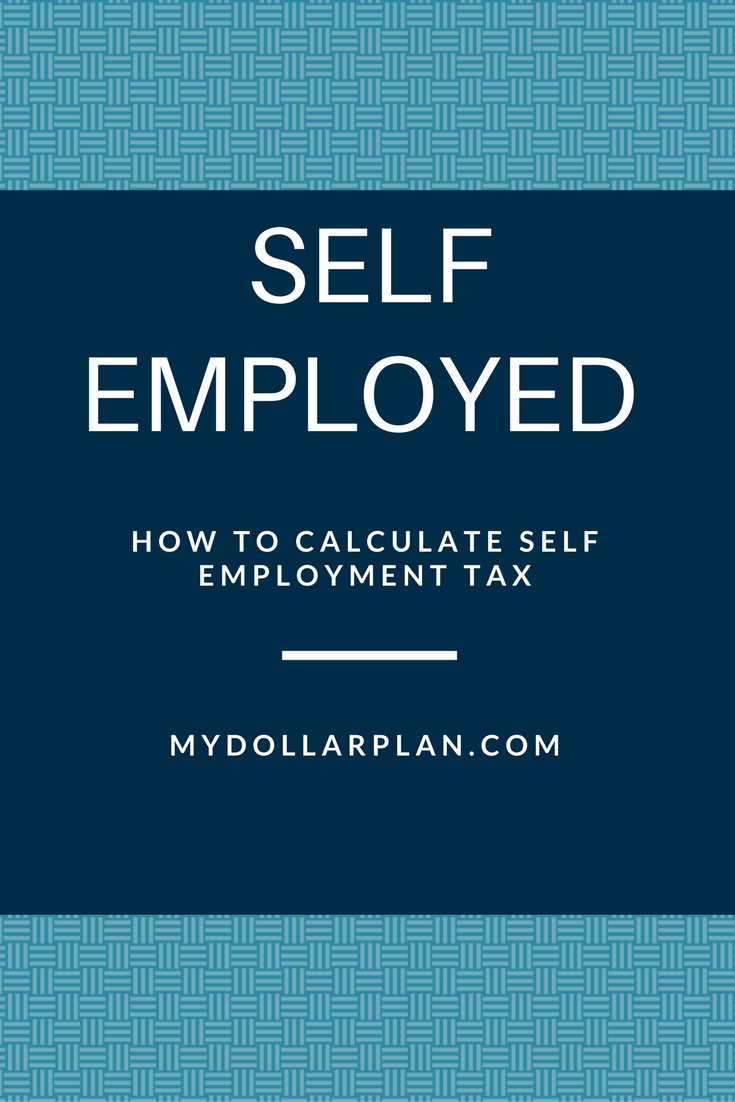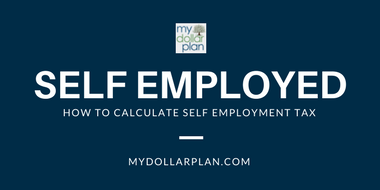How much money do you have to make to file taxes? What is the minimum income to file taxes?
Let’s take a look at the requirements for the minimum income to file taxes in 2018 (and due in 2019).
2018 Minimum Income Requirements
The IRS released the minimum income to file taxes in 2018.
For the 2018 tax year, you will need to file taxes if your gross income meets the minimum income for your filing status and age. Here are the minimum income limits for the 2018 tax year.
How Much Money Do You Have to Make to File Taxes 2018
| Filing Status | Minimum Gross Income (under 65) |
Minimum Gross Income (65+) |
|---|---|---|
| Single | $12,000 | $13,600 |
| Head of Household | $18,000 | $19,600 |
| Married Filing Jointly | $24,000 | $25,300 (one spouse) $26,600 (both spouses) |
| Married Filing Separately | $5 | $5 |
| Widow with Dependent Child | $24,000 | $25,300 |
This table does not apply to dependents. See When Do Kids Need to File Taxes? for minimum income to file taxes for children.
Once you find out if you meet the minimum income to file taxes, you can determine your tax rate using the current tax brackets.
Social Security Income
Gross income doesn’t include social security benefits.
However, there is an exception to this rule if half of your social security benefits plus your other gross income is more than $25,000 ($32,000 if married filing jointly). Once that happens, you’ll need to file a 2018 tax return. Married filing separate also have different social security rules. For more information, see Do You Have to Pay Income Tax on Social Security?
Other Income Sources
There are special rules for self employment earnings and church earnings. You must file taxes if your:
- Self employment net earnings are greater than $400.
- Church earnings are greater than $108.28 and are exempt from employer Social Security and Medicare.
If you are self employed, you will also need to file and pay self employment tax.
Filing Requirement for Health Care Responsibility
The filing requirement for health insurance continues for the 2018 tax year. If you received advancements of the health insurance premium tax credit to pay for health insurance, you will need to file a tax return. Here’s how to reconcile your payments and Claim the Health Insurance Premium Tax Credit. In addition, you will also report any penalties for no health insurance on your tax return. This is the final year for penalties.
More Tax Filing Requirements
Optional filing. Even if you are not required to file a tax return, you can choose to file one. You may want to file an optional tax return if you had any federal withholding or are entitled to tax credits, like the earned income tax credit or the Health Insurance Premium Tax Credit and want to get a refund.
Other filing requirements. In addition to the income requirements, there are other circumstances when you must file a tax return. One example is if you sold your home. For all the requirements, see Publication 17.
When to file. If you earn enough money to file a tax return, you must file your tax return by the tax deadline.
After you file. Once you file, you can see How Long Does it Take to Get Your Tax Refund Back?
Tax Filing Online
Now that you know how much money you have to make to file taxes, go ahead and file your free federal and state taxes online with TurboTax!
More Tax Topics
- How Do Tax Brackets Work?
- Do You Have to Pay Taxes on Alimony?
- 5 Helpful Android and iPhone Tax Apps
- Can You Sign a Tax Return for Someone Else?
- How to File Taxes While in Prison





